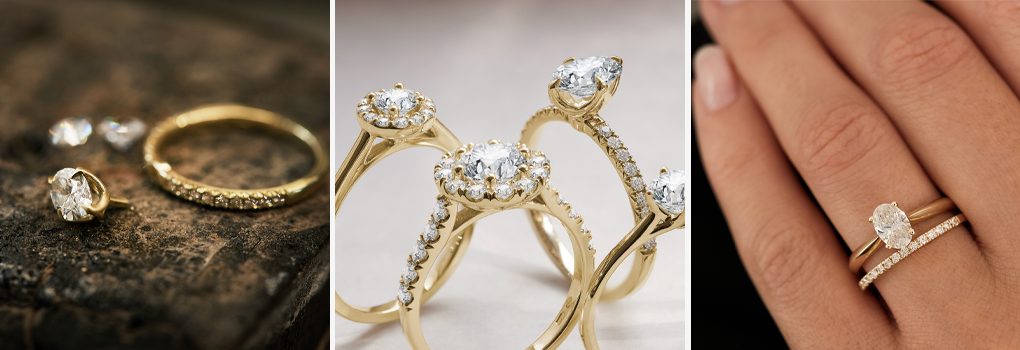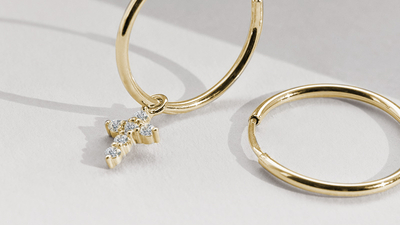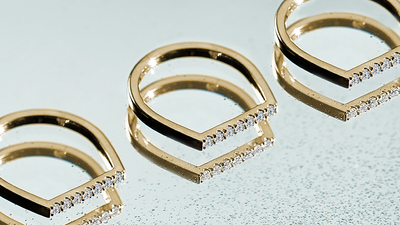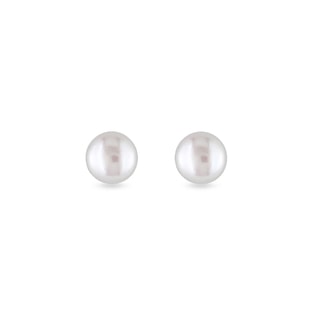Akoya Pearl Earrings in Gold
Minimalist 14k yellow gold stud earrings adorned with pearls. These versatile earrings are enhanced with beautiful gray-gold Akoya pearls. They are ideal for everyday wear. Thanks to the high-quality gold craftsmanship, they will not cause problems for allergy sufferers and also remain beautiful for many years.
Our earrings are handcrafted at the KLENOTA jewelry studio. We will deliver the jewelry to you in an elegant gift box along with a Certificate of Authenticity. Find out more about the different types of earrings and earring closures in our guide.
Availability: in stock & ready to ship.
| CODE | K0012083 |
| Material |
Yellow Gold fineness 14 karat 585/1000 |
| Pearls |
Akoya shape round color white quality AA+ diameter 8.0-8.5 mm |
| weight | 2.30 g |
Jewelry from the KLENOTA ATELIER
Located in the very heart of the Old Town of Prague, our atelier and workshop draws inspiration from the centuries of local goldsmithing traditions to create timeless yet modern jewelry. Each piece is handcrafted to perfection by our skilled artisans, using only high quality materials from verified sources so you can cherish our jewelry for years to come. Discover the true meaning of elegance with KLENOTA.

Pearl jewelry
Pearls are organic in origin, making them different from most other gemstones. They are formed inside the shells of marine and freshwater molluscan bivalves. On the Mohs scale of hardness, they have a value of 2.5-4.5.
TYPES OF PEARLS:
Freshwater pearls are cultivated in freshwater farms. Freshwater pearls come in a variety of sizes and shapes (round, oval, baroque). Freshwater pearls are usually pure white.
Akoya pearls can be found in China, Vietnam and Japan. They grow to a size of 5-9 mm depending on the water temperature. Akoya pearls tend to be pure white with warm highlights. They are round.
Tahitian pearls come from French Polynesia, where they are cultivated by a special kind of oyster. Tahitian pearls are dark gray-green with a metallic luster and are round.
South Sea pearls are found in Australia, Myanmar and Indonesia. These pearls are white to honey gold and rarely also have a pink, green or blue tinge. They range in size from 10-20 mm and are round.
VALUE: The value of pearls is based on how regular their shape is (except for baroque pearls), their luster, the smoothness of their surface, as well as their size. The surface and luster of a pearl ranges from AAA to B, with AAA being the highest quality. The price also increases with size (the size is listed as the diameter of the pearl in mm).
CARE: Pearl jewelry benefits from contact with the skin, so frequent wear is desirable however their surface is very delicate. Avoid contact with cosmetic products (perfumes, hairsprays and creams). Don’t wear them to the pool, sauna or sea and clean them with a soft, damp cloth.






























